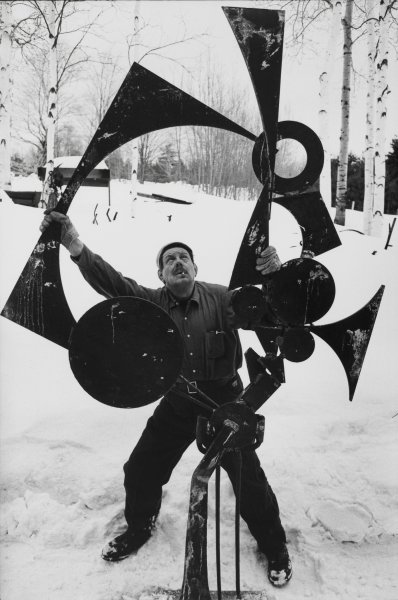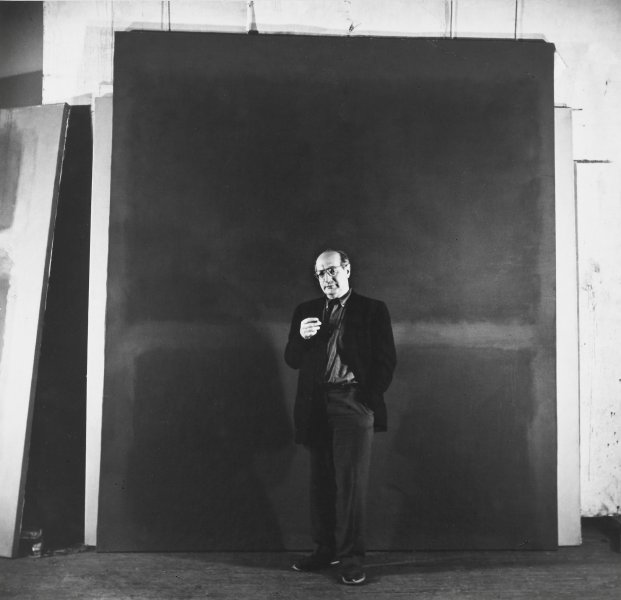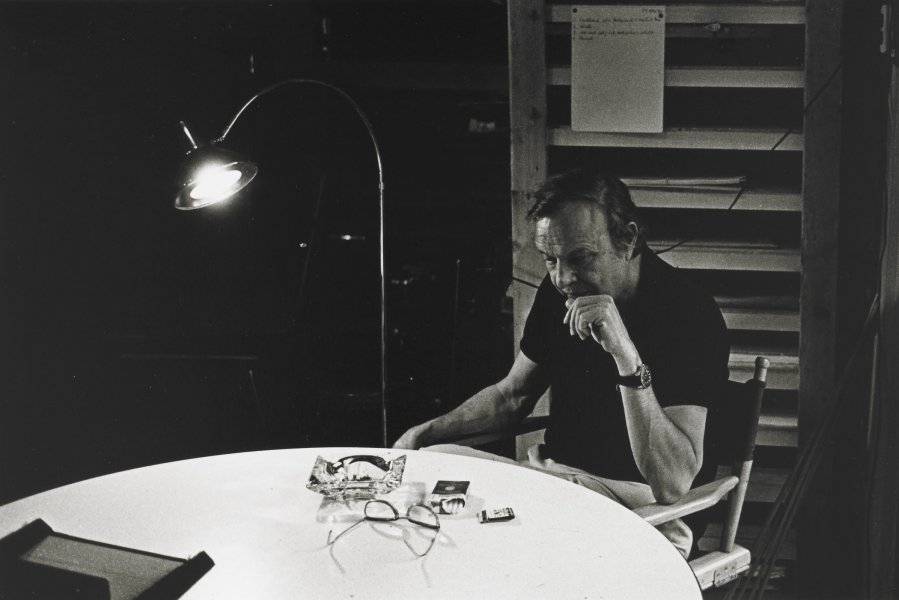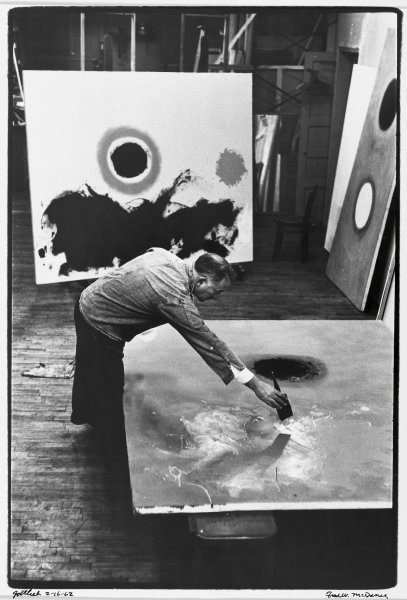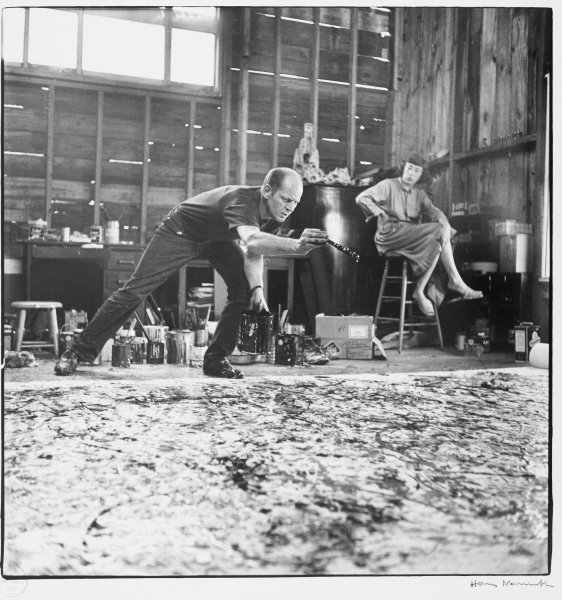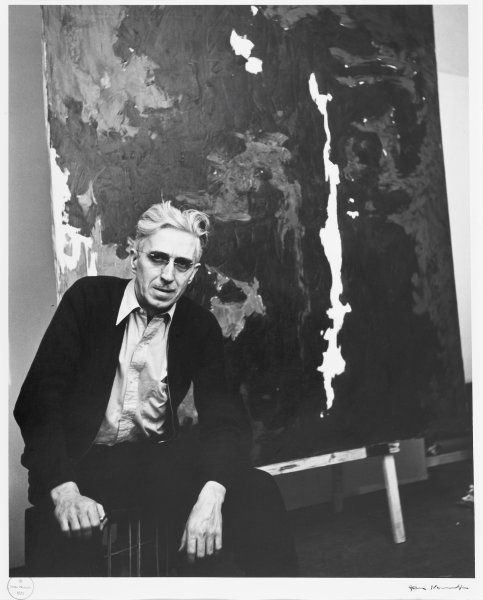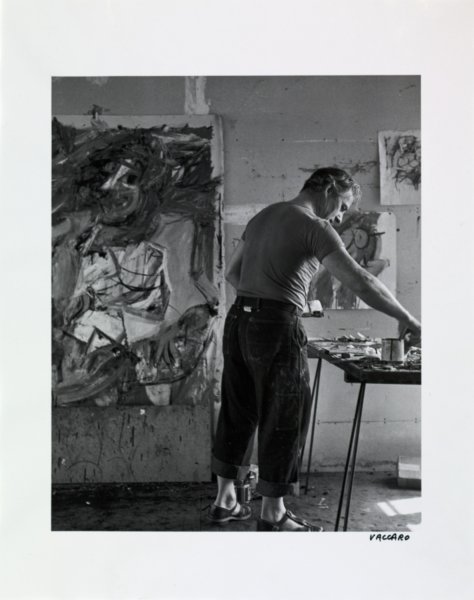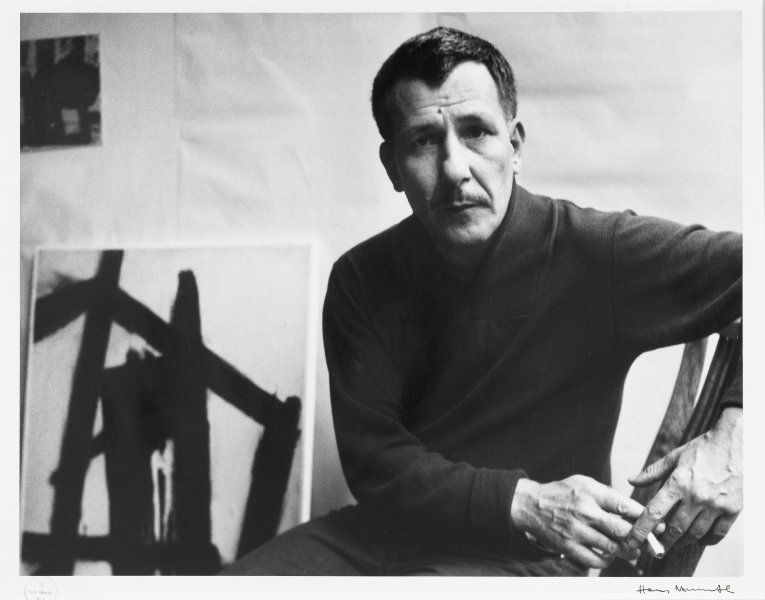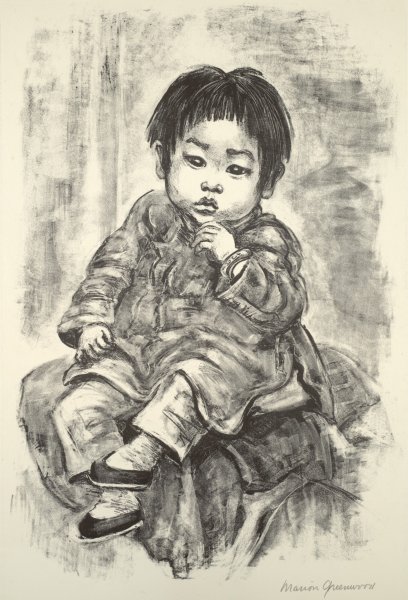The Brave Buffalo: Abstract Expressionism and the City
Friday, February 13, 2009–Wednesday, June 10, 2009
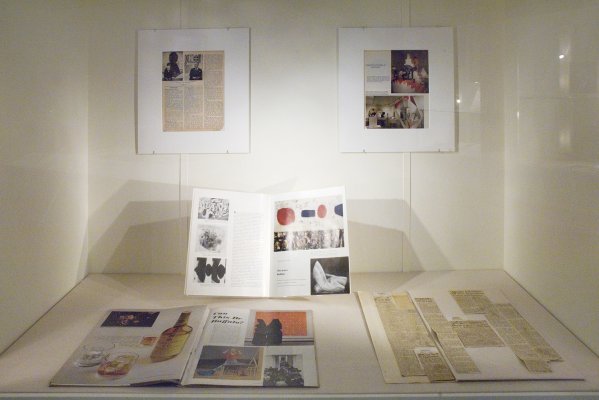
Installation view of The Brave Buffalo: Abstract Expressionism and the City in the Gallery for Small Sculpture. Photograph by Tom Loonan.
Gallery for Small Sculpture
In an article entitled “The Brave Buffalo” published in the May 1957 issue of ARTnews, Gordon M. Smith, director of the Albright Art Gallery (as the museum was then known), articulated the institution’s daring and forward-looking collecting strategy. “The museum of today,” Smith argued, “has more than ever before a duty to act as patron of these artists who are making history—not after they have made it, but while they are making it.”
Within a year of Smith’s appointment and in partnership with Buffalo-born businessman and art collector Seymour H. Knox, Jr., the museum began to secure works by groundbreaking artists such as Jackson Pollock, Willem de Kooning, Mark Rothko, Clyfford Still, and David Smith at the date of their artistic production or shortly thereafter. Today, these paintings and sculptures are internationally recognized masterpieces of American Abstract Expressionism, but at the time of their acquisition, they were considered by many to be bold, or perhaps even brave.
By appropriating Smith’s title, this installation of original letters, photographs, publications, and other documents drawn from the museum’s Archives and Library collections told the story of how the Albright-Knox became one of the first art museums in the United States to actively acquire and exhibit this new art of the 1950s. More broadly, it celebrated the role that Buffalo and its citizens played in the acceptance of untested contemporary art forms, and, most important, honored the museum’s enduring legacy of collecting and preserving the art of the avant-garde.
This exhibition was organized by Head of Research Resources Susana Tejada and Technical Services Librarian Gabriela Zoller.
